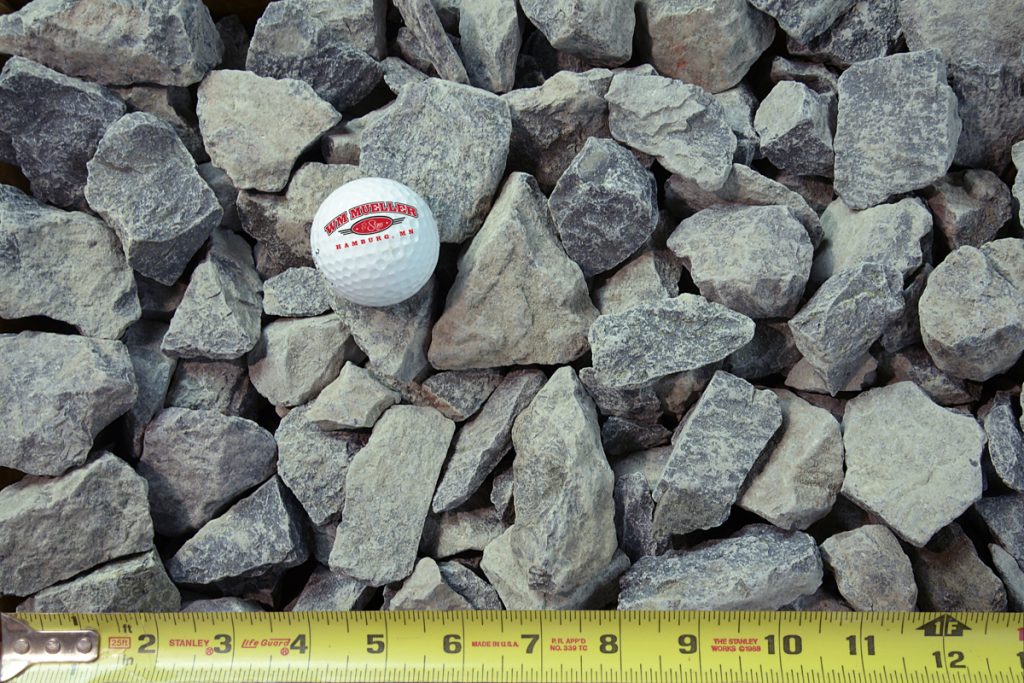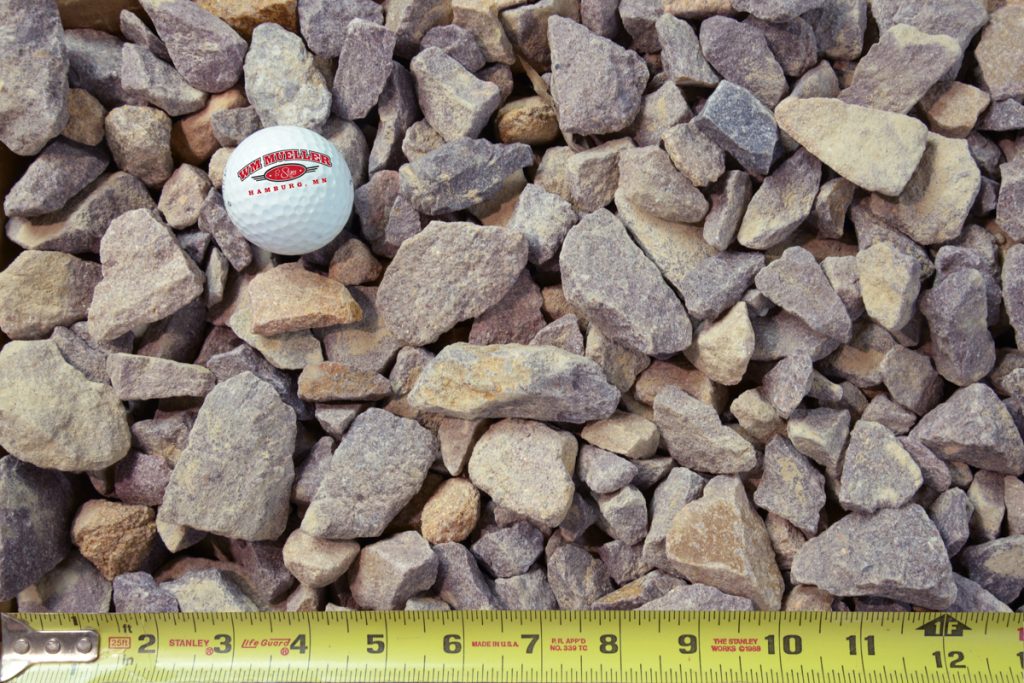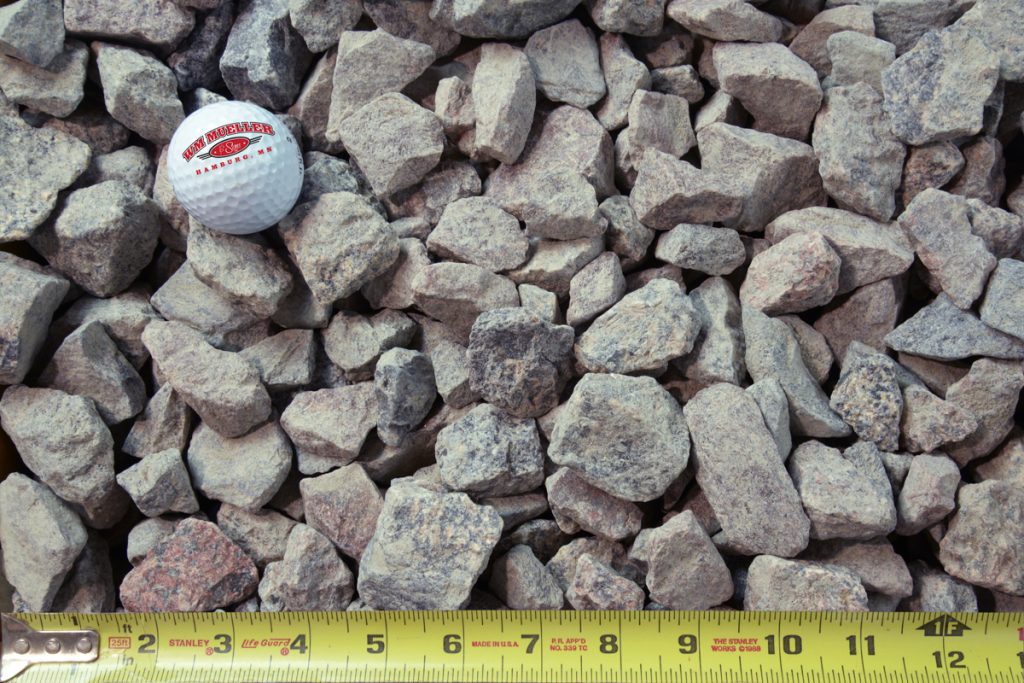Trap Rock
Trap rock, also known as basalt or trap basalt, is a type of igneous rock that is dark-colored and dense. It’s primarily composed of minerals such as plagioclase and pyroxene, and it’s known for its high durability, hardness, and resistance to wear and tear.
Trap rock is an incredibly durable and useful material.
Landscaping: Trap rock’s distinctive dark color makes it a popular choice for decorative stone in landscaping. It can provide a sharp contrast to greenery and other elements, enhancing the overall aesthetics of a landscape.
Erosion Control: Trap rock is commonly used in erosion control due to its hardness and durability. It can be used in riprap (rock used for stabilizing shorelines and other areas prone to erosion), retaining wall backfill, and other erosion control systems.
Drainage Systems: Trap rock’s angular shape and the spaces created when it’s piled or layered make it effective for use in drainage systems. It can aid in the proper flow of water, reducing the risk of flooding and water damage.




